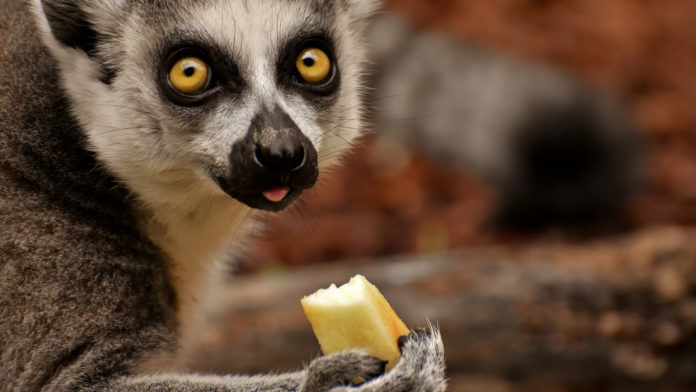Fruit comes in every colour of the rainbow, but what drives this broad buffet of colours, and does colour influence which fruits animals eat?
This is an incredibly complex topic. Fruit colours can come from compounds that serve a wide variety of functions and happen to also be pigmented, from antioxidants to fungicides that protect the plant.
And while plants need animals to eat their fruit to help them spread their seeds, animals could prefer certain fruits over others for a huge number of reasons that don’t involve vision. This includes taste and smell, and even learned experiences like trial and error or seeing their peers eating something in particular.
So it makes sense that in some way, animals and plants that live together evolve together, but the complex interplay is highly debated.
A new international study, including Canadian researchers from McGill University and the University of Calgary, took objective measurements of fruit and leaf colours in two similar mountain rainforests in Uganda and Madagascar. The rainforests shared very similar types of plants, but very different types of seed-dispersing animals live in each.
In truth, seeing the forest like an animal isn’t easy using our eyes. In the animal world, humans are quite unique in their colour vision. Human eyes have three types of colour-sensing cone cells, each sensitive to a different range of colours – red, green, and blue – whereas most other mammals have only two. In effect, they are red-green colour blind.
By contrast, most birds have a fourth type of cone that allows them to see into the ultraviolet range. This means that fruits that may only look black to us may have a much more distinct appearance to birds.
In Uganda, the main fruit-eaters are birds, and local monkeys and apes that have three cones like humans. In Madagascar, nocturnal lemurs are the main seed-dispersing animals, and they are red-green colour blind animals who rely more on their sense of smell.
The researchers collected fruits and foliage from both sites and analyzed their colours using a spectrometer. They then used a model based on the vision of the animals that are local to each site to see how fruit colours would contrast against the leaves from the eyes of the animals.
It turns out that the local fruit matches up with the vision characteristics of the local animals. Where bright reds dominate in Uganda, yellows are more common in Madagascar, where they would be brightly contrasted in the eyes of red-green colour blind lemurs.
Plants were also more likely to share colours with other unrelated plants in their location than with genetically related plants in the other location.
Beyond better understanding an evolutionary mystery, the study also underscores the dependence that animals and plants have on each other. Deforestation and hunting can trigger consequences for the entire ecosystem. The study literally helps us see this relationship through new eyes.








































